News
News
25 by ’25 initiative: diversity progress at CERN
The five-year project focused on improving nationality and gender diversity across the Organization
Accelerator Report: A strong finish and a swift transition into the winter break
The 2025 run was successfully completed on 8 December at 6.00 a.m., signalling the start of the year-end technical stop for the LHC and the injector complex
Insights from the global CERN alumni community
Key findings from the 2025 CERN alumni survey highlight the values and expectations of CERN’s worldwide alumni community, what works and what could be improved
Computer Security: Your ticket to improvement
The past two years have brought a lot of new computer-security deployments at CERN. Some of these were not the most user-friendly for the CERN community, as this is not in the inherent nature of “security”, but we tried our best
ALICE solves mystery of light-nuclei survival
Observations of the formation of light nuclei from high-energy collisions may help in the hunt for dark matter
LHC delivers a record number of particle collisions in 2025
All experiments broke records in the final full operating year of the third run of the LHC
Deciphering the heavyweights of the tetraquark world
The CMS collaboration reports the first measurement of the quantum properties of a family of tetraquarks that was recently discovered at the LHC
Accelerator Report: The final countdown
With only three weeks left until CERN’s annual closure, the end of the 2025 run is approaching fast. In less than two weeks, all the beams throughout the accelerator complex will be stopped
2025 gift guide for the CERN community
Looking for gift ideas? Look no further. Here are 16 options to help the CERN community find the perfect present
Superconductivity for addressing global challenges
A CERN event brings together researchers, industry leaders and decision makers to accelerate the use of superconducting technologies for societal applications
